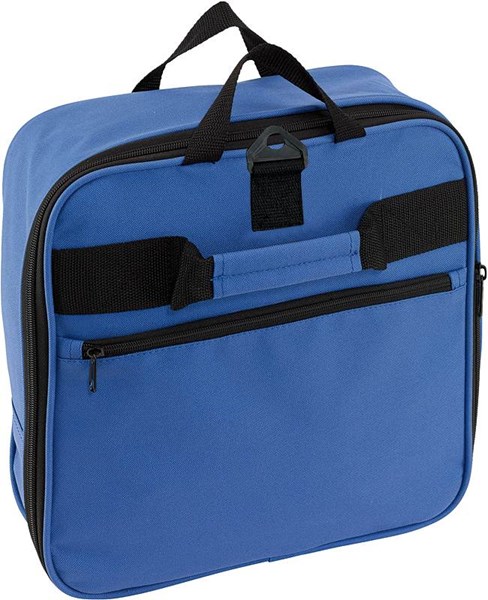

We present a neural network that aims to address these problems: it is trained on a wide variety of images with a wide variety of natural language supervision that’s abundantly available on the internet. TODO: add more further reading.Although deep learning has revolutionized computer vision, current approaches have several major problems: typical vision datasets are labor intensive and costly to create while teaching only a narrow set of visual concepts standard vision models are good at one task and one task only, and require significant effort to adapt to a new task and models that perform well on benchmarks have disappointingly poor performance on stress tests, casting doubt on the entire deep learning approach to computer vision. Further Readingįor more information about GPT-CC, GitHub Copilot, etc, see: TODO: more information about this when complete. We also have Huggingface's Space demo where you can specify and problem in the format of a programming competition question.
#Clipy online code
Human Eval Results Eval ResultsĪ Visual Studio Code which uses the HuggingFace Inference API is available and can be found here. The models are also evaluated on the APPS and HumanEval datasets. TODO: which is the recommended way to train GPT-CC? Evaluation We trained model for 5 epochs selecting best checkpoint judging by validation loss. The choice of hyperparameters for 1.3B model is in part determined by hardware limitations. The language modelling objective for APPS dataset is modified to backpropagate loss only for the tokens corresponding to code solution (refer to Hendrycks et al for more details).įor fine-tuning GPTNe0-1.3B on APPS dataset we used Adafactor optimizer with linear learning rate schedule (5k warmup steps from 0 to 2e-5 followed by linear decay to 0), weight decay 0.1 and batch size 24, sequence length 1024. The choice of relatively large batch size and low LR with long warmup are made to avoid agressive updates and preserve the knowledge contained in pretrained GPTNeo weights.įor fine-tuning GPTNe0-125M on APPS dataset we used AdamW optimizer (beta1=0.9, beta2=0.98) with linear learning rate schedule (800 warmup steps from 0 to peak LR followed by linear decay to 0, a range of value for peak LR was ), weight decay 0.1 and batch size 256, sequence length 1024. Training is done using the training scripts available here.įor fine-tuning GPTNeo-125M on CodeClippy dataset we used AdamW optimizer (beta1=0.9, beta2=0.95) with GPT3-like learning rate schedule (4k warmup steps from 0 to 5e-5 followed by 50k cosine decay steps to 5e-6), weight decay 0.1 and batch size 1024, sequence length 2048. TODO: which is the recommended model? Training The ones that perform relatively well (None improve on the standard GPT-Neo 125M model except for APPs specific models and only for the APPs task): The GPT-CC models are fine-tuned versions of GPT-2 and GPT-Neo. One intermittent fix would be to use tools like lib-magic to some extension for the purpose of filtering.

Since the filtering for the training dataset is done using the file extension, we might have had wrong datapoints in the dataset while training and we might have missed a lot of right datapoints that belong to the languages of choice.We thank Naman for pointing out the issue. We found out that the file names are obsolete/misleading. We recently came to know about a bug which happened during the scraping of the dataset. We hope to get it officially into Huggingface's datasets library soon! ISSUE : Wrong Filenames in the Dataset The datasheet discussing in more detail the construction, usage, and limitation of the dataset can be found here. The dataset without the duplicates filtered out is also available here. The deduplication script is available here. Filtering is performed by regexing each file in each repository to obtain a list of "variables" (the tokens which only contain alphanumeric characters) and then filtering out any files which contain the same sequence of "variables. The repositories are then filtered for duplicate files. These repositories are then combined with all of the GitHub repositories contain in The Pile.

The dataset used to train GPT-CC is obtained from SEART GitHub Search using the following criteria: GPT-Code-Clippy (GPT-CC) is an open source version of GitHub Copilot, a language model - based on GPT-3, called GPT-Codex - that is fine-tuned on publicly available code from GitHub. Please refer to our new GitHub Wiki which documents our efforts in detail in creating the open source version of GitHub Copilot


 0 kommentar(er)
0 kommentar(er)
